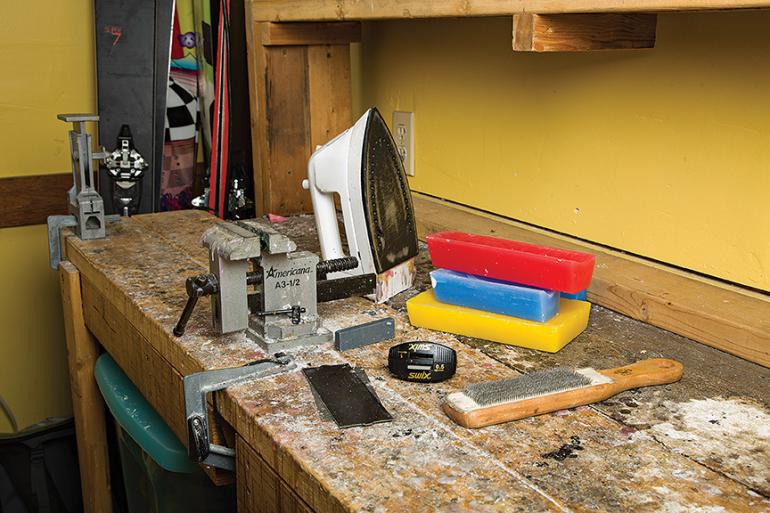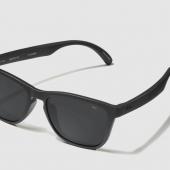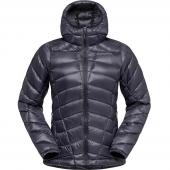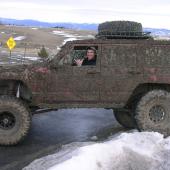iTune
DIY ski repair.
So you bought your dream setup and boy are you in love. You’re also hell-bent on taking care of it yourself, so you’re going to build a ski-tuning bench. The question is, when do you tune and what do you need? The answer varies depending on a few factors, such as how often you ride, snow conditions, and how many rocks you’ve ridden over.
First, inspect your equipment every ski day for any major damage such as core shots, blown edges, or a delaminating top sheet. Other maintenance, such as edges and waxing, should be assessed every five to eight days of riding. If you want to save some time and money, you can take care of your equipment, to a certain extent. The initial investment in tuning tools will set you back a few shekels, but in the long run, save you more. Here’s what you’ll need to get started:
• Plastic scraper (wider for snowboards)
• Wax iron
• Wax (temperature-specific is nice but universal does the job)
• Wax brushes (copper, nylon, horsehair)
• Diamond file
• Side-edge beveling tool
• Heavy-duty rubber bands
• Workbench to secure your gear
Now that you have a few basic tools, it’s time to tune. First step, edging. Skis have beveled edges, meaning that they’re not perpendicular to the surface or top of the ski, so you’ll also need an edge guide specific to your skis. I like to use a diamond file with a side bevel guide. Use water on the diamond file as lubrication and run it up and down your side edge to remove burs.
Next, you’re going to want to wax those beautiful bases. Wax can change throughout the season as temperatures change, but I generally stick to an all-temperature wax unless I see a long period of cold or warm weather. Don’t be afraid to experiment and mix waxes together. When waxing your equipment, make sure to drip long rails of wax only as wide as your iron onto the base. These rails are the tracks for your wax iron to ride on. You don’t want the iron to come into direct contact with your base. Wax rails are an easy way to let your iron ride from tip to tail heating evenly without touching the base directly. Always remember to move at an even speed tip to tail on your gear. Making sure consistent heat is applied to the base helps wax penetrate uniformly. Once cool, scrape off wax with a plastic scraper. Brush tip to tail in order of copper first followed by horsehair then nylon.
You can always do these simple steps to keep your gear in great shape. See your local ski shop when your bases or ski’s structure needs fixin’. Structure in your skis should be done every 15-20 days of skiing. Binding function tests are another shop-fix that’s often overlooked. These tests make sure your bindings are up to date and functioning properly.
Nick Turner is the rental/repair manager at Grizzly Outfitters in Big Sky.













